Good News—and Bad—about Fossil Fuel Power Plants in 2023
Union of Concerned Scientists
MARCH 23, 2023
Solar power is expected to make up about half of all additions of US electric generating capacity in 2023, according to data from the US Energy Information Administration (EIA). gigawatts (GW) of planned solar projects expected to come online this year is almost double the previous 13.4 Solar” only includes large-scale solar.




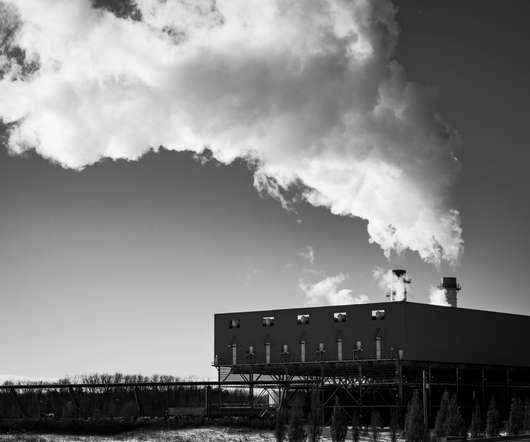


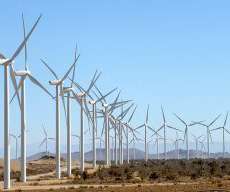
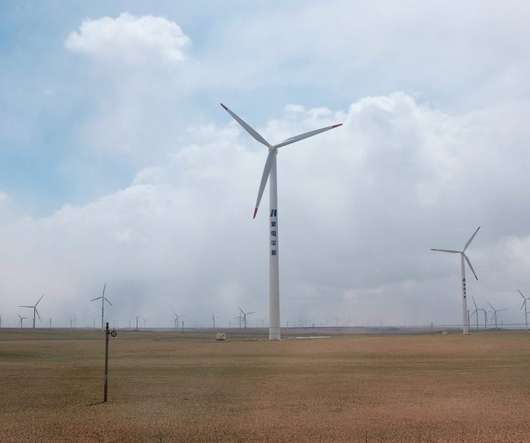


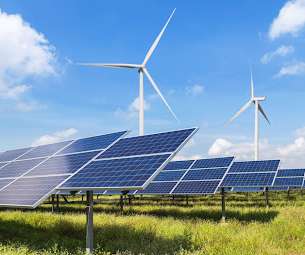
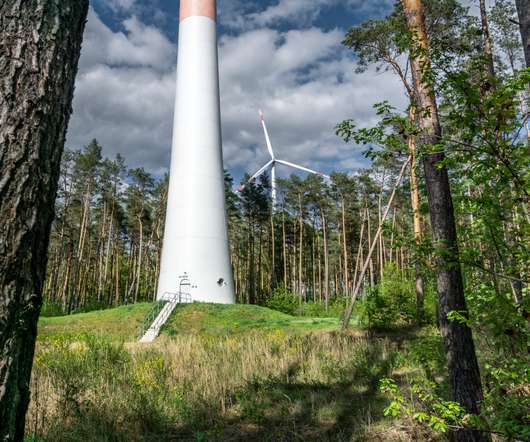






Let's personalize your content